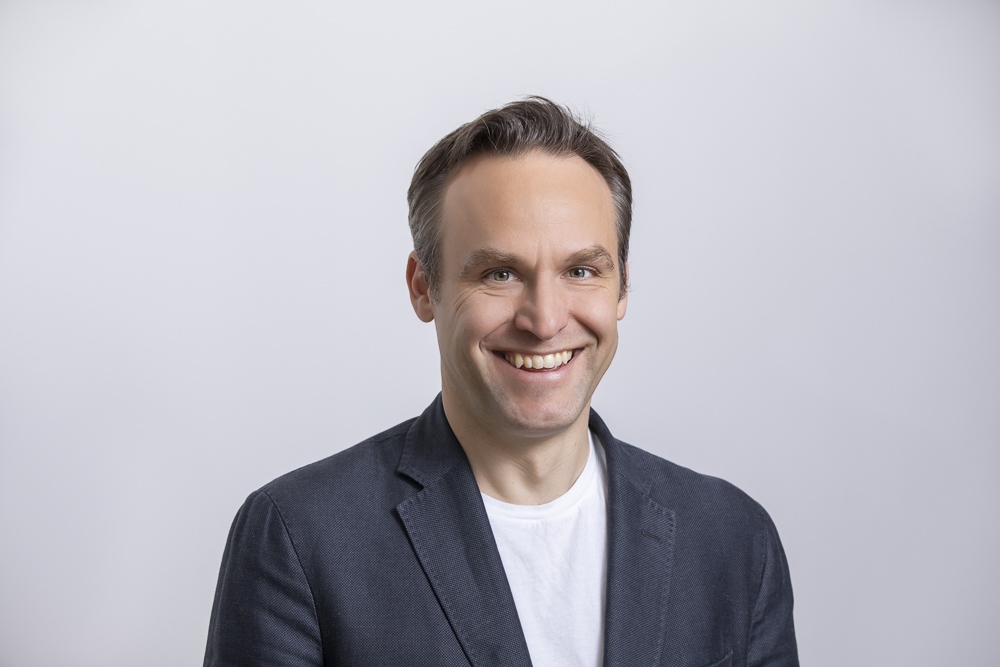The Diagram Way
Sep 24, 2019

I’ve always known I wanted to be an entrepreneur.
At 8 years old, when burgers were on sale for $0.29 at Burger King, I was buying them in bulk, freezing them and reselling them to kids at $1.00 each. That was my first lucrative business. In 2006, my first company was acquired by a Global Fortune 500 company. Since then, I’ve started and exited 5 other technology companies. My latest venture, PasswordBox, was acquired by Intel in December 2014. After spending 3 years at Intel as their Chief Innovation Officer for the Identity division, I left and sought to stay involved in the venture landscape as an advisor and investor in technology startups. Today, in addition to being a Limited Partner in 7 Venture Capital funds and investing in more than 50 startups, I’m also a Managing Partner at Diagram Ventures.
Having spent my entire career working with technology startups, I’ve become very familiar with the myriad of challenges that entrepreneurs face in launching and scaling their businesses. It’s for this reason that I was inspired by Francois Lafortune’s vision for building a more founder-friendly venture model. Unlike traditional VCs, Diagram seeks to pair ideas that we’ve worked to de-risk internally with experienced entrepreneurs and early stage funding. To help founding teams navigate early challenges, Diagram also offers access to best-in-class services to accelerate their path to market. Leveraging this model, Dialogue, our first, portfolio company, was able to go from inception to closing a $40 Million Series B in just 36 months. Our hope is that by providing entrepreneurs with de-risked ideas, early-stage funding and strategic support, we can help empower our founders to build the next generation of great companies.
Despite the success of each of our 5 portfolio companies, I often hear from experienced entrepreneurs that they have some apprehensions about the Diagram Model. The most common concerns I’ve heard are:
- That as CEO and founder of one of our portfolio companies you won’t have full autonomy and independence to be entrepreneurial;
- That the founders of our portfolio companies don’t retain meaningful ownership/equity; and
- That we build companies for Power Financial Corp to buy down the road
I’d like to address these misconceptions here.
At Diagram, our focus is on giving entrepreneurs the tools and guidance that they need to successfully launch and scale their businesses. While Francois, Hamnett and myself are always around to offer strategic advice, we make sure that entrepreneurs retain autonomy to make decisions as they see fit. During the initial period, we do weekly check-ins but after the first 6 months we move to bi-monthly sessions with one hour per month dedicated to a financial review. Our goal is to help raise a successful A-round so we work to establish early KPIs and work backwards to help founders reach their targets. As our portfolio companies grow and raise more funding, we become less involved in the day-to-day operations while continuing to make ourselves available when strategic support is required.
In line with our view towards giving entrepreneurs the autonomy and independence to run their businesses as they see fit, we also seek to ensure that founders retain meaningful ownership in their companies. Unlike many other accelerators, incubators and early-stage venture models, entrepreneurs that work with Diagram own the vast majority of their companies. As the company matures, it is solely up to the CEO to decide how the equity is split between the co-founders that he or she brings onboard. Our hope is that even after 3-5 rounds of financing, the founding team retains equity well into the double-digits!
As for concern regarding Diagram’s ties to Power Financial Corp and our willingness to build companies for them, this could not be further from the truth. Diagram’s only ties to Power Financial Corp are through Sagard Holdings which is an independent multi-strategy alternative asset manager. Even then, we are only tied to Sagard Holdings, through Portag3 Ventures, their venture capital arm. Each of these entities has welcomed external investors and hold equal fiduciary duty to all their investors. This means that Sagard Holdings, Portag3 and Diagram all take important steps to ensure that we and our portfolio companies operate independently.
Now that I’ve covered some of the most common concerns, I’d like to outline exactly what Diagram offers entrepreneurs. At Diagram, entrepreneurs are given funding, strategic support and access to an expansive network while also maintaining the ability to operate independently with majority equity. Diagram seeks to make the initial investment and supports entrepreneurs in raising funding in subsequent rounds from best-in-class investors.
I was reminiscing with Marc-Antoine Ross from dfuse recently and when we looked back to see how many VC intros Diagram had facilitated, we were surprised to see that it was upwards of 50! We helped his team navigate the funding landscape to find investors that would bring the most value to their team. This led to Marc-Antoine and the rest of the dfuse team raising a $4.6 Million round with US VCs.
Diagram is creating the next generation of global technology companies. We work alongside founders to bring life to big ideas in the finance and insurance industries that will create lasting benefits for lives worldwide. We offer entrepreneurs an influential network, de-risked ideas, seed capital, and access to a best-in-class acceleration platform. If you’re an experienced entrepreneur that is seeking to solve, big impactful problems and have a proven track record of attracting talent, raising capital and finding product-market fit, then I want to work alongside you at Diagram. Reach out, let’s build together.
